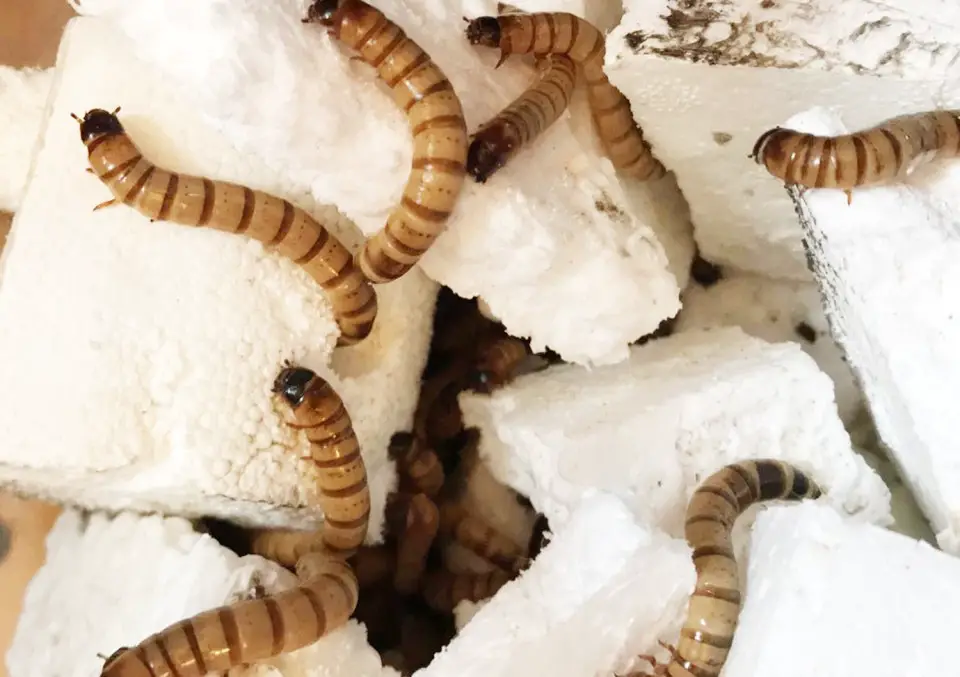Styrofoam-Eating Larvae Project Wins National High School Sustainability Contest

By Mandy Froelich / Truth Theory
Imagine taking a stroll through the woods and every few feet, finding a piece of discarded plastic. If humanity does not join together and take action to reduce the amount of Styrofoam (polystyrene) that is sent to landfills, the unfortunate scenario may become a reality. On the other hand, at least one solution is in motion which has the potential to reduce the amount of single-use plastic in the environment, and it involves larvae.
For Alaska Airline’s Imagine Tomorrow competition, 9th and 12 graders were prompted to discover new ways to support the transition to sustainability. As DailyRecordNews reports, the students were required to research complex topics related to the environment then innovate technologies, designs, or plans to mobilize change. The only limit was the students’ imagination.
In 2018, the competition took place at Washington State University in Pullman. Approximately 98 teams from across the Pacific Northwest presented their projects after months of hard work and planning. Later that day, the first-place prize in the Itron Food, Energy and Water Challenge was awarded to a team of four students from Ellensburg High School (EHS). Each student received $300 for their merit along with recognition for the project which featured polystyrene-eating larvae.
All teammates are members of the Environmental Club at EHS and were encouraged to pursue the project by their teacher Jeff Hashimoto. Inspiration for the project was reportedly drawn from a Stanford study about how mealworms can eat small amounts of polystyrene.
Over 5000 people have downloaded our free ebook “Growth Hacking Tips And Rituals For Optimal Living” CLICK HERE to get your free copy now
Before the team began the project, they went to the pet store and bought mealworms and super worms to test on the Styrofoam. “Super worms ate a lot faster and they were twice as efficient,” Scoville said. He added that the students set up one liter Mason jars and massed the polystyrene and massed the worms and monitored as the material diminished.
“What helped us was we had a legitimate experiment where we had as many controlled variables as possible and everything was like lab procedure,” said Gavin Scoville, one of the students from the winning team. “We had a well put together poster and we talked precisely.”
Leave Comment: